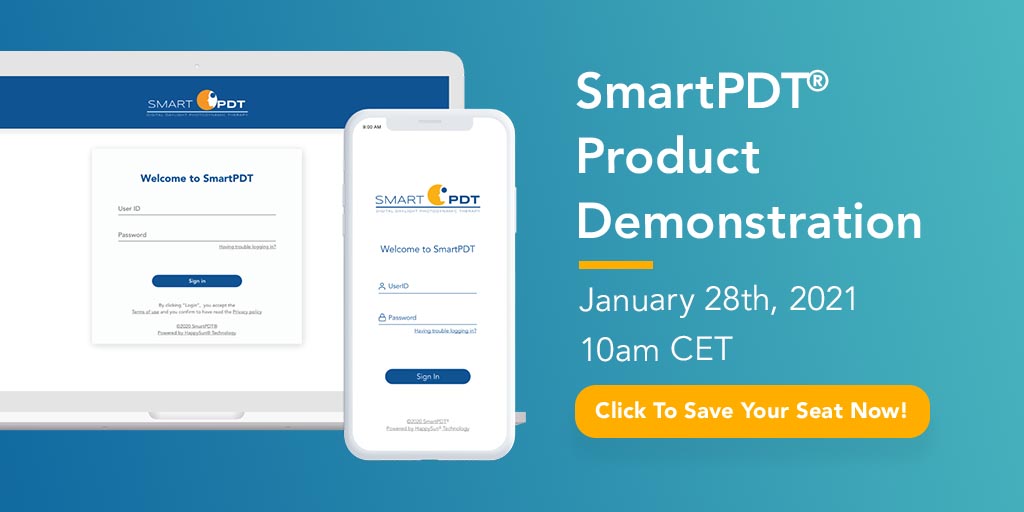Digital healthcare has been an emerging, strategic health priority for years. Even before the COVID-19 pandemic, the use of digital health technologies to improve health systems was widely recognised.
According to the World Health Organisation, digital healthcare is a broad category encompassing electronic health, mobile health, telehealth and health data. It offers solutions that can strengthen our health systems, such as bringing health services directly to people’s homes, mapping outbreaks of disease, and integrating digital tools that make health care more responsive and productive.
While digital healthcare offers many opportunities, healthcare providers and administrative staff wonder: can digital health solutions reduce clinicians’ workload without diminishing patient care?
Benefits of digital healthcare
A digital-first healthcare strategy has several benefits for both staff and patients, for the prevention, diagnosis, and treatment of diseases, as well as patient monitoring and health management. Outlined below are just some of the advantages on offer that can all aid in reducing clinician workloads:
1. Responsive and sustainable healthcare
With longer life expectancies, more people are living with chronic diseases and we are experiencing an ever-growing pressure on healthcare systems worldwide. With digital health platforms, patients have quicker access to health services, improving the quality of care provided to them and increase the chance of ailments being cured sooner as they are seen to faster.
2. Prevention before treatment
Digital health technologies help patients self-manage their health conditions through regular monitoring and tracking of symptoms. More importantly, it is a tool for the early detection of significant changes to disease progression in a patient before their health has been irreversibly compromised.
3. Patient first treatment
Digital health systems provide quick, direct, and shared access to the patient’s current health status, which can increase the sense of partnership, trust, and transparency between patient and doctor. Additionally, essential factors affecting health such as time of day, environmental stimulants, medication use, and adherence to medicines can all be logged in real-time. They can be used to present a clear profile of the sensitivities of the patient’s condition. This gives patients the opportunity to be more engaged with their own health and allow them to co-designers of their care and treatment plans.
4. Increasing the reach of healthcare providers
Digital health solutions aim to reduce healthcare professionals’ administrative burden and other aspects of their jobs by automating repetitive tasks. By lessening the time spent on these actions, healthcare providers can focus their energy on actual patient-contact and monitoring. This is particularly important for patients where travel is difficult or not recommended – which is ever more prevalent in the current global climate thanks to Covid-19.
5. Improving care standards
For healthcare providers, having access to service user information can help provide better preparation prior to delivering care. Digital health apps collect patient health data, enabling an improved organisation to optimise time and personalise care for the patient.
Digital healthcare in practice
A symposium on digital health organised by WHO/Europe in 2019 showcased how governments and organisations can use health technologies to reduce inequities and improve health and wellbeing.
Even before the pandemic hit, digital health was making inroads into the way health services are delivered.
In Ethiopia, for example, a safe delivery app provides midwives with guidance to deal with varying birth scenarios. Developed by the Maternity Foundation in Denmark and used in more than 40 countries worldwide, the app itself helps midwives provide care, particularly when faced with an emergency.
In Finland, a patient-oriented digital healthcare service known as Health Village was set up by different university hospitals. The online platform enables patients to plan and manage their own care using simple medical devices to send readings to health professionals. It helps patients who may struggle to find time to attend routine appointments see their clinical team and manage their health. It also contains some elements of coaching for those who are not digitally native to ensure that patients feel comfortable using Health Village.
SmartPDT is a home daylight Photodynamic Therapy (daylight-PDT) digital delivery solution for Actinic Keratosis. Created in conjunction with serval dermatology clinics worldwide, the app helps users apply their treatment at home while allowing clinicians to remotely monitor patients’ lesions progressions via the web portal.
These are just some of the ways in which digital health can empower individuals, make health systems more effective and provide greater health coverage.
Ensuring therapy adherence
Patient compliance with treatment is at the forefront of every healthcare professional’s mind as noncompliance can lead to worsening conditions and increased clinician workloads.
Many digital healthcare apps put safeguards in place to ensure that patients follow the guidelines and adhere to their therapy. SmartPDT, for example, will not let patients move onto the next step without ensuring that the first step is complete. Additionally, to ensure compliance and lesion progression, patients can upload photos of their lesions into the app for the clinical staff to view at various times throughout their treatment course.
To find out more about SmartPDT, we invite you to join us for a live demonstration on January 28th. You can register your interest online by clicking here or by emailing info@sihealth.co.uk, where a member of our team will be happy to help you.



